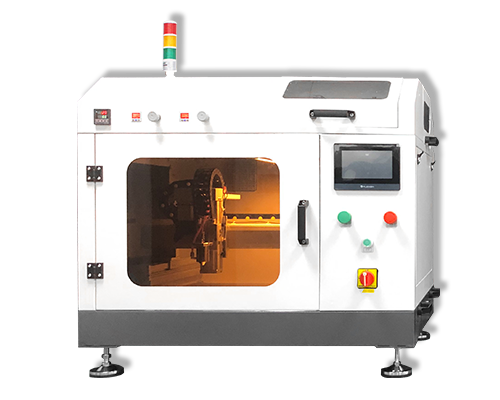Types of Proton Exchange Membranes
Types of Proton Exchange Membranes – Spraying Fuel Cell Catalyst – Cheersonic
Proton exchange membrane: Perfluorosulfonic acid membrane is the current mainstream, composite membrane, high temperature membrane, alkaline membrane are the future development direction
The proton exchange membrane is the key material of the fuel cell. Its function is to allow only the hydrogen ions (protons) that have lost electrons in the anode to pass through to the cathode during the reaction, but prevent electrons, hydrogen molecules, water molecules, etc. from passing through. It needs to have the following: Features: (1) high electrical conductivity (highly selective ionic conduction instead of electronic conduction); (2) good chemical stability (acid and alkali resistance and redox resistance); (3) good thermal stability; (4) Good mechanical properties (such as strength and flexibility); (5) Low permeability of reactive gas and small electroosmotic coefficient of water; (6) Good workability and reasonable price.
Perfluorosulfonic Acid Membrane
At present, the commonly used commercial proton exchange membrane is perfluorosulfonic acid membrane, and perfluorosulfonic acid type membrane is the main membrane material used in fuel cells. The global suppliers of perfluorosulfonic acid type membrane are concentrated in Japan and European and American countries. The most extensive is the Nafion series of DuPont films.
The perfluorosulfonic acid membrane has the advantages of high mechanical strength, good chemical stability, and high electrical conductivity under high humidity conditions, but it also has disadvantages: when the temperature rises, the proton conductivity will become poor, and it is prone to chemical degradation at high temperature. Body synthesis is difficult and the cost is high. Therefore, various institutions are also studying other types of membranes, including composite membranes, high-temperature membranes, and alkaline membranes.
Composite Membrane
The composite membrane is a composite method to modify the perfluorosulfonic acid membrane to improve its high temperature resistance and alcohol resistance. Carbon nanotube reinforced composite films, etc.
Alkaline Membrane
The working environment of the fuel cell system corresponding to the alkaline membrane is alkaline. In this state, the range of catalyst selection can be wider, not only limited to platinum, but also nickel and silver; a new type of PAIF high temperature developed by 3M Company in the United States Proton exchange membranes, some of which have met or exceeded DOE 2020 targets.

Cheersonic’s fuel cell catalyst coating systems are uniquely suited for these challenging applications by creating highly uniform, repeatable, and durable coatings. Using the company’s patented ultrasonic spray head technology, it can spray uniformly and efficiently on proton exchange membranes and gas diffusion layers. Uniform catalyst coatings are deposited onto PEM fuel cells, GDLs, electrodes, various electrolyte membranes, and solid oxide fuel cells with suspensions containing carbon black inks, PTFE binder, ceramic slurries, platinum and other precious metals. Other metal alloys, including Platinum, Nickel, Ir, and Ru-based fuel cell catalyst coatings of metal oxide suspensions can be sprayed using ultrasonics for manufacturing PEM fuel cells, polymer electrolyte membrane (PEM) electrolyzer, DMFCs (Direct Methanol Fuel Cells) and SOFCs (Solid Oxide Fuel Cells) to create maximum load and high cell efficiency.
The advantages of ultrasonic spraying include:
1.Highly controllable spray that produces reliable, consistent results.
2.Ultra-low flow rate capabilities, intermittent or continuous.
3.Ultrasonic vibrations continuously break up agglomerated particles and keep them evenly dispersed; maximizing platinum utilization.
4.Corrosion-resistant titanium and stainless steel construction
5.The self-cleaning function of the ultrasonic nozzle prevents clogging.
6.The platform takes up less space.
7.80% reduction in paint consumption
8.The particle diameter is optional which can more flexibly affect the through-hole property of the coating
